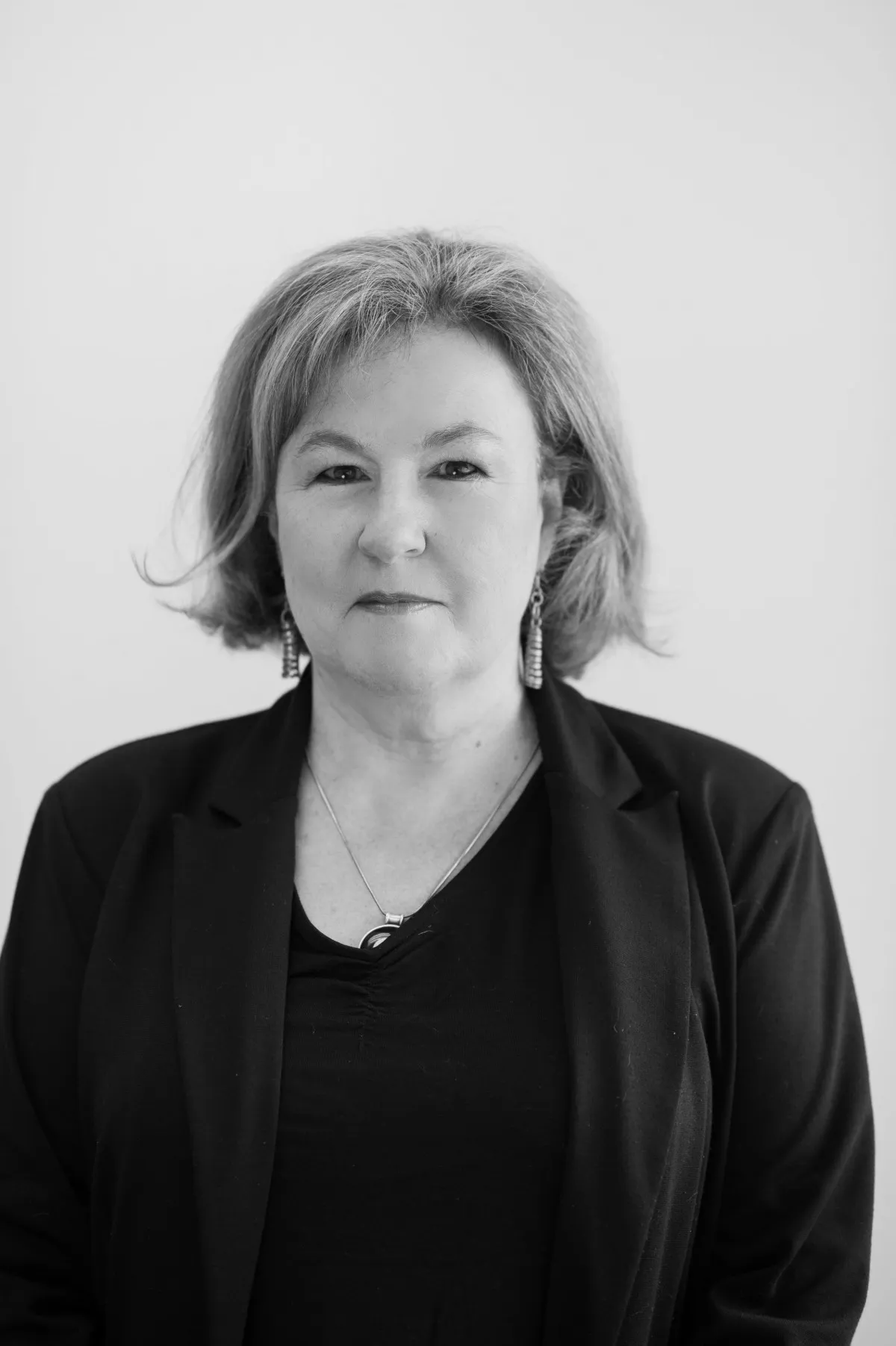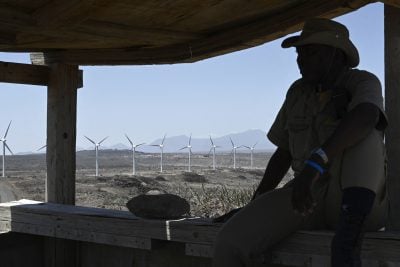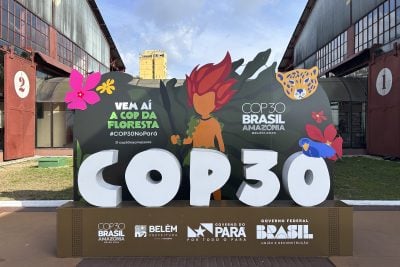Madagascar’s largest private sector electricity producer, Groupe Filatex, is driving the energy transition in its home market with investments in both renewable energy and the hybridisation of fossil fuel infrastructure. The company currently supplies 40% of the country’s energy needs in partnership with the government power utility Jirama and through its own project pipeline.
Created in 1979, the Malagasy company is focused on four main commercial activities: energy, real estate, free zones and venture projects.
Filatex has been working with the government’s power utility since 2006, establishing a significant track record in this regard and emerging as a strong reference point for public-private partnerships in Africa’s utilities space. At the time of Filatex’s entry into the energy market, only heavy fuel products were available.
Now, all its power purchase agreements are for renewable and hybrid energy, signalling the energy transition in the country that has been driven strongly by Filatex, says CEO Hasnaine Yavarhoussen.
“We are proud of our role in helping the country realise its energy transition,” he says.
Madagascar has, for many years, relied on biofuels and waste for its energy generation, supported by hydropower, coal and oil products, including heavy fuel oil (HFO), which is extracted from an oil field in the country.
Filatex Energy is the only power provider in the country’s five largest cities, and one of the biggest in the capital, Antananarivo.
Improving citizens’ access to power
Yavarhoussen is energised about not just increasing renewable resources in his country, but also improving the access of citizens to power, which is at 34% as of 2023.
The company has made significant Investments in the hybridisation of heavy fuel oil (HFO) to add to the country’s renewable resources in its aim to consolidate its position as the country’s leading energy supplier.
The process of transforming its power plants, which began in 2022, is expected to be completed by 2025, says Yavarhoussen. At this date, more than half of the energy supplied by Groupe Filatex will come from renewable sources.
In one of its biggest projects to date, the company acquired the Mandroseza HFO, working with the New York-based independent power producer Symbion Power, in 2021.
It has refurbished the plant, increasing generation capacity to 40 MW, a significant increase from the 5 MW it produced at the time of the purchase. It is using the resource to construct a 10MW solar plant in the first phase of the plant’s development.
Yavarhoussen says the company is also building renewable capacity through two of its subsidiaries. Filatex Energy through Lidera, which was completed in 2022 and added 8 MW to the grid in its first phase and will provide another 49 MW in the second phase.
The projects under way include the building of a 4 MW solar power plant in the town of Tulear, an 18 MW plant in Tamatave, a 7.6 MW plant in Diego and a 10.75 MW plant in Majunga. All projects, which are costing about €68m ($73.2m), are on track for completion between 2024 and 2025.
Another subsidiary, Vestop, will have added another 24 MW to the grid by the end of 2025 when its two-phase development is completed.
Filatex has also moved into storage, with €10m invested in a 41% stake in France’s Energiestro, which is developing flywheel storage technology. The storage technology, which is an alternative to battery technology, will enable solar power to be stored at Filatex’s operations.
The company has plans to develop mini hydroelectric power projects to add to its energy portfolio, starting with a 10 MW project in the capital. As the cities are not interconnected, a decentralised hydro solution makes sense, says Yavarhoussen.
This is being done in a joint venture with French company, Hyvity, with the aim of adding an estimated 100 MW or 20% more capacity to the network by the end of 2028 in the first phase.
On the island of Nosy Be, a tourist hub northwest of Madagascar, the company is installing 5 MW of solar power to address the island’s heavy reliance on diesel. Current demand is 3 MW so this allows room for growth.
The movement into green energy will help to boost tourism, says Yavarhoussen, currently dominated by tourists from Europe who fly in on direct flights to Nosy Be but who stay in hotels powered by generators.
Filatex is also leveraging its free zone in Antananarivo for solar generation.
“We are starting to construct rooftop projects in the zone, which provides employment for thousands of people. This will generate 14 MW and we have agreement with the government that 60% of this production will go to the tenants, with the remaining 40% going to the grid.”
Yavarhoussen says this will improve Madagascar’s competitiveness and the quality of service and reliability of power in the zone, located near the capital and housing 16 companies.
Scaling up
Until now, Filatex has mostly financed its projects using its own equity. The company’s next phase of projects represent a transformation of scale and impact. The group will seek other funding to support the next phases of development, including guarantees from the government and the World Bank.
Given the green mandate of the company, its 40% market share in the country’s energy market and its long track record in working with the government, it does not foresee any complications.
“It is a win-win for the power utility to not be dependent on fossil fuels and to bring cheaper energy to Madagascar,” said Yavarhoussen.
The company is looking at expansion into other areas of sub-Saharan Africa. “We have already shown our know-how. There is no reason we cannot do this in other African countries where the needs are so high.”
Opportunities include rolling out solar and mini hydro projects as well as leveraging its hybridisation model. Developing cheaper and greener energy where these are in short supply will help African countries become more competitive, Yavarhoussen maintains.
Want to continue reading? Subscribe today.
You've read all your free articles for this month! Subscribe now to enjoy full access to our content.
Digital Monthly
£8.00 / month
Receive full unlimited access to our articles, opinions, podcasts and more.
Digital Yearly
£70.00 / year
Our best value offer - save £26 and gain access to all of our digital content for an entire year!

 Sign in with Google
Sign in with Google 



